- Home
- Articles
- Architectural Portfolio
- Architectral Presentation
- Inspirational Stories
- Architecture News
- Visualization
- BIM Industry
- Facade Design
- Parametric Design
- Career
- Landscape Architecture
- Construction
- Artificial Intelligence
- Sketching
- Design Softwares
- Diagrams
- Writing
- Architectural Tips
- Sustainability
- Courses
- Concept
- Technology
- History & Heritage
- Future of Architecture
- Guides & How-To
- Art & Culture
- Projects
- Interior Design
- Competitions
- Jobs
- Store
- Tools
- More
- Home
- Articles
- Architectural Portfolio
- Architectral Presentation
- Inspirational Stories
- Architecture News
- Visualization
- BIM Industry
- Facade Design
- Parametric Design
- Career
- Landscape Architecture
- Construction
- Artificial Intelligence
- Sketching
- Design Softwares
- Diagrams
- Writing
- Architectural Tips
- Sustainability
- Courses
- Concept
- Technology
- History & Heritage
- Future of Architecture
- Guides & How-To
- Art & Culture
- Projects
- Interior Design
- Competitions
- Jobs
- Store
- Tools
- More
The Orb: A Computational Sculpture on Google’s Campus
As its creator Marc Fornes says it, “For architects, we’re too much of an artist; for artists, too much of an architect,” The Orb pavilion has become an architectural, artistic, and technological symbol for Google.

As its creator Marc Fornes says it, “For architects, we’re too much of an artist; for artists, too much of an architect,” The Orb pavilion has become an architectural, artistic, and technological symbol for Google. Located on Google’s Charleston East Campus, The Orb is not just an aesthetic structure; it is an architectural expression that reflects the company’s understanding of technology, creativity, and design.

Designed by Marc Fornes and his studio THEVERYMANY, this impressive pavilion is a highly innovative structure created with algorithms. Google is an algorithmic, data-driven, automation-focused company. The Orb was designed with this mindset in mind: the structure is not produced using traditional methods, but with code and algorithms. So the structure is not just architecture, it also acts as a “living algorithm” just like Google’s systems.

When viewed closely, this structure, which interacts with light with its perforated surface and offers an experience that changes according to the weather conditions, functions as both a sculpture and a shelter. During the day, sunlight filters through the holes, creating a starry sky effect on the ground, while in the evening, the structure glows impressively with the lights coming from the ground.

The Orb is made up of a total of 6,441 metal parts and is assembled with more than 217,000 rivets. Although The Orb looks like it is made of a single sheet of metal, it is a great work of engineering and art. Rising 10 meters high and 26 meters wide, The Orb resembles a seed pod that looks like it has come from outer space at first glance. Despite being made of only 3 mm thick aluminum, it can stand upright without the need for any support structure. This algorithmic form was made possible by the combination of appropriate calculations, design and engineering intelligence.

Google aims to inspire its employees and visitors through art and architecture on its campuses. Structures like The Orb are one example of this approach. Other than that, there are also various interactive art installations, digital structures and technological experimentation areas. At the same time, Google works by combining engineering, art, and humanities. The Orb was born from the union of architecture, art, and engineering. This hybrid structure embodies Google’s culture of synthesizing different disciplines.

Like many tech companies, Google sends a message through design on its physical campuses. Beyond its visual appeal, The Orb carries a technological and cultural message: “We don’t just produce aesthetics, we create meaning.” For more information on The Orb, visit theverymany.com.
Google has long treated its campuses as living laboratories, not just functional but also inspiring and innovative testing grounds for ideas.
That’s why:
- Collaborations with art and architecture are encouraged in new campus designs.
- Public spaces that add value to the environment and user experience are developed.
- This approach is especially visible in newer areas like Charleston East and Bay View Campus.
Photographs: Younes Bounhar of Doublespace Photography
- art and technology
- art on Google campus
- artistic AI installations
- campus art installations
- computational sculpture
- cutting‑edge art
- digital art installations
- experimental art sculptures
- futuristic sculptures
- Google art projects
- Google campus art
- Google headquarters art
- Google public art
- high‑tech sculptures
- innovative art installations
- interactive art installations
- modern sculptures
- sculpture by Google
- tech‑inspired sculpture
- The Orb sculpture
Submit your architectural projects
Follow these steps for submission your project. Submission FormLatest Posts
BaleBio by Cave Urban
BaleBio Pavilion by Cave Urban in Bali reinterprets traditional Bale Banjar architecture,...
PAN-ORAMA Pavilion by Associates Architecture
PAN-ORAMA Pavilion by Associates Architecture at Villa Medici engages visitors in a...
Five-Finger Pavilion by YXDesigners
Five-Finger Pavilion by YXDesigners gracefully merges architecture and landscape along the Boluo...
How Virtual Architecture Is Redefining Design From Real Time Worlds to Built Impact
Discover how virtual architecture is redefining design from static sketches to immersive,...


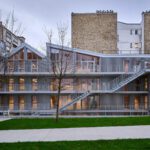


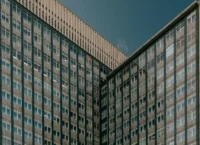
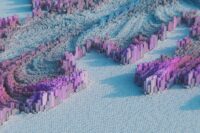

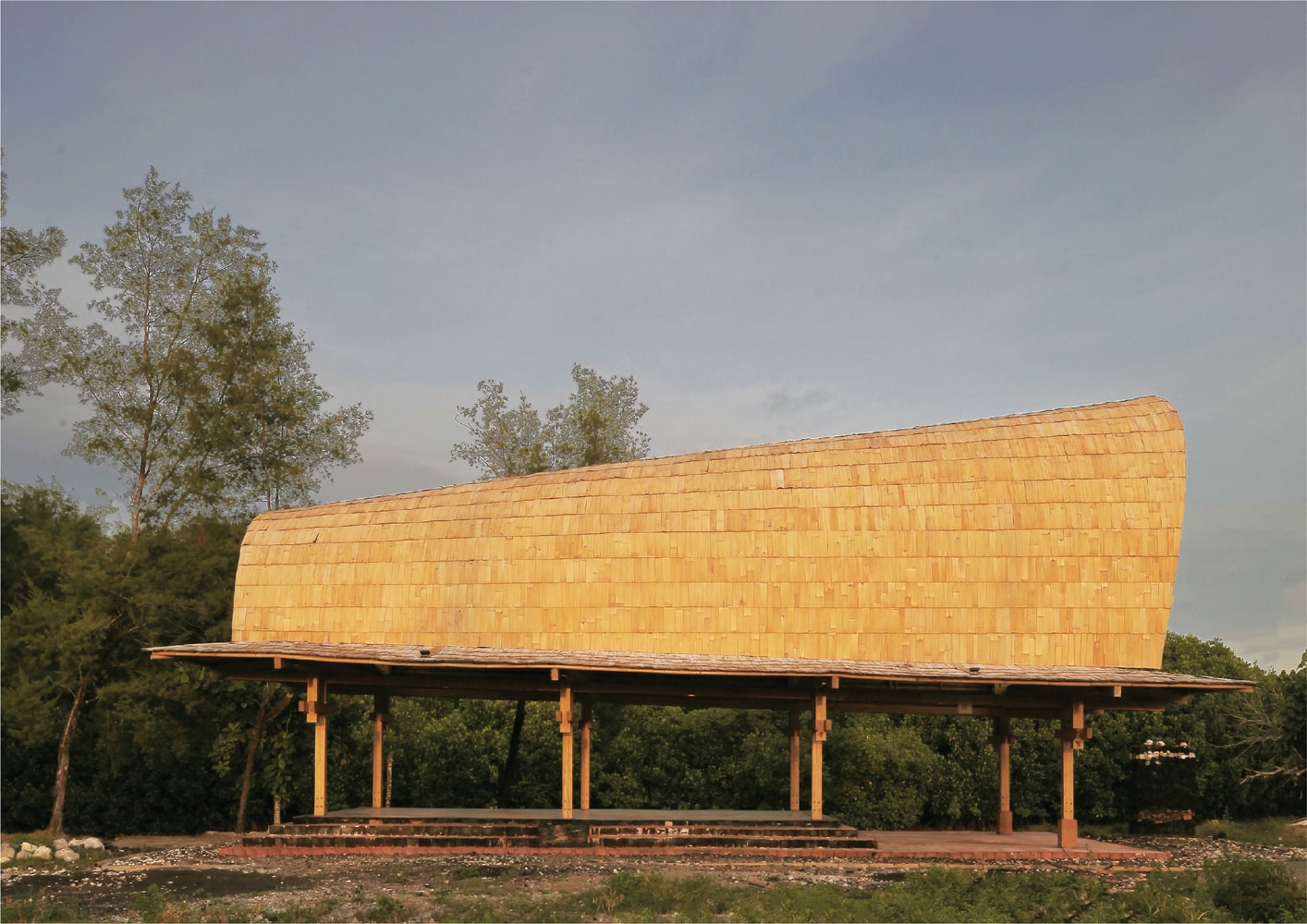

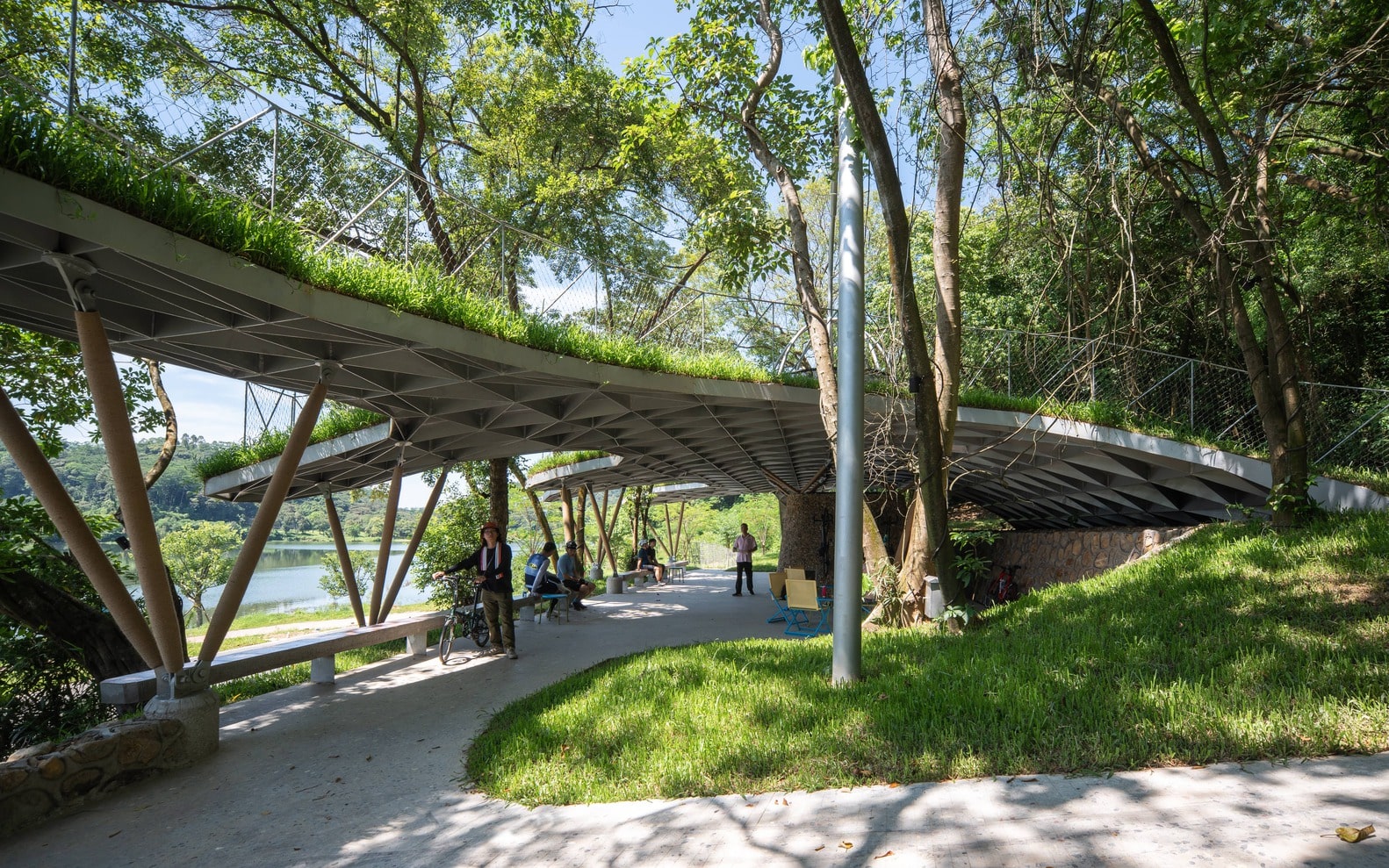

Leave a comment